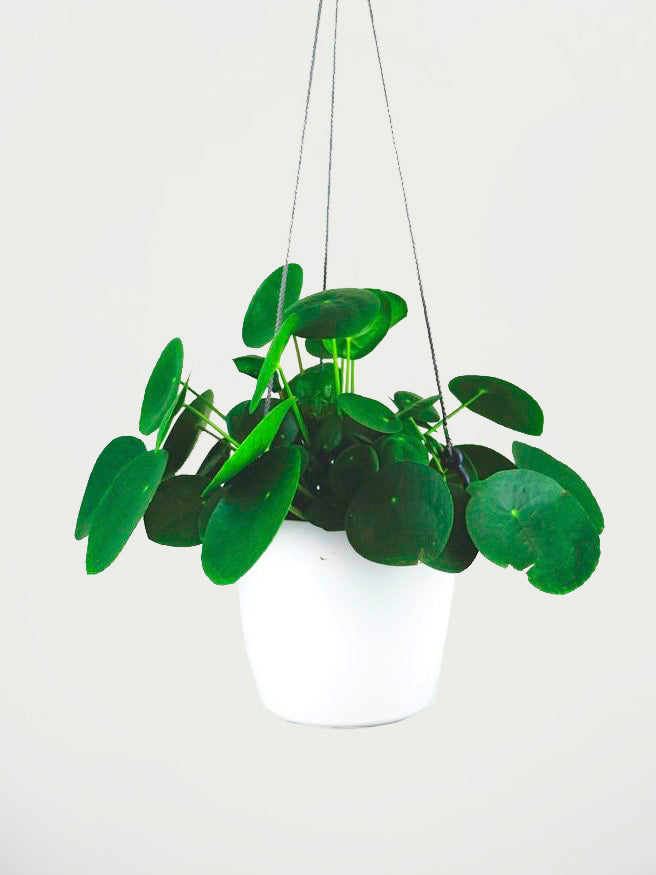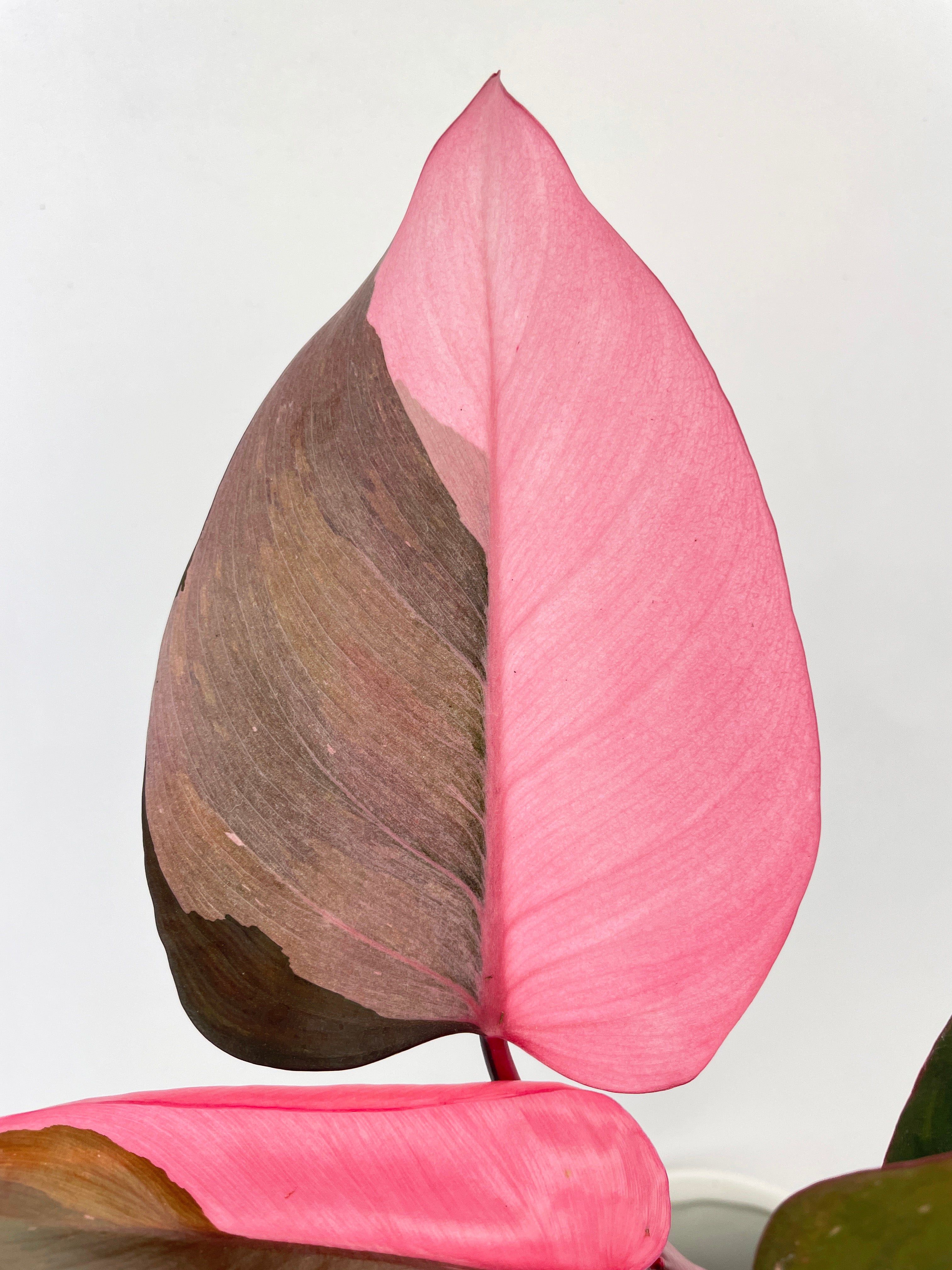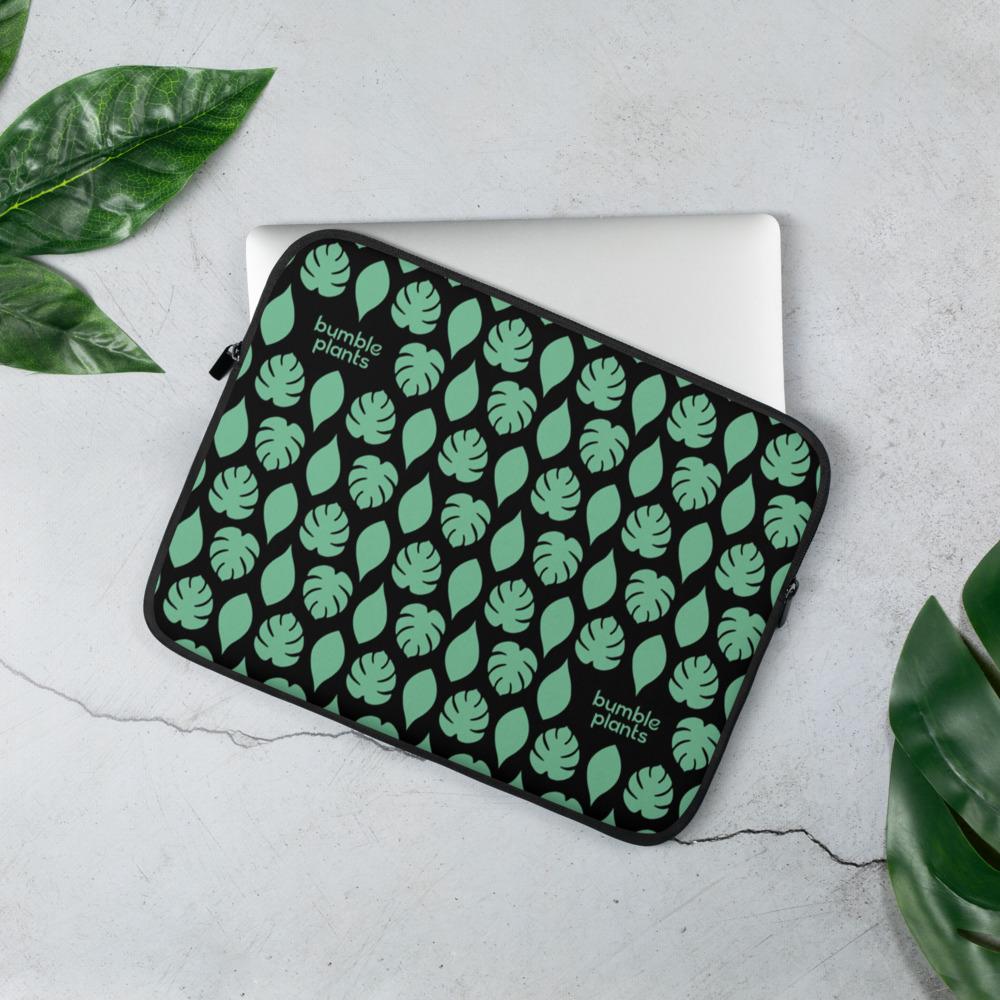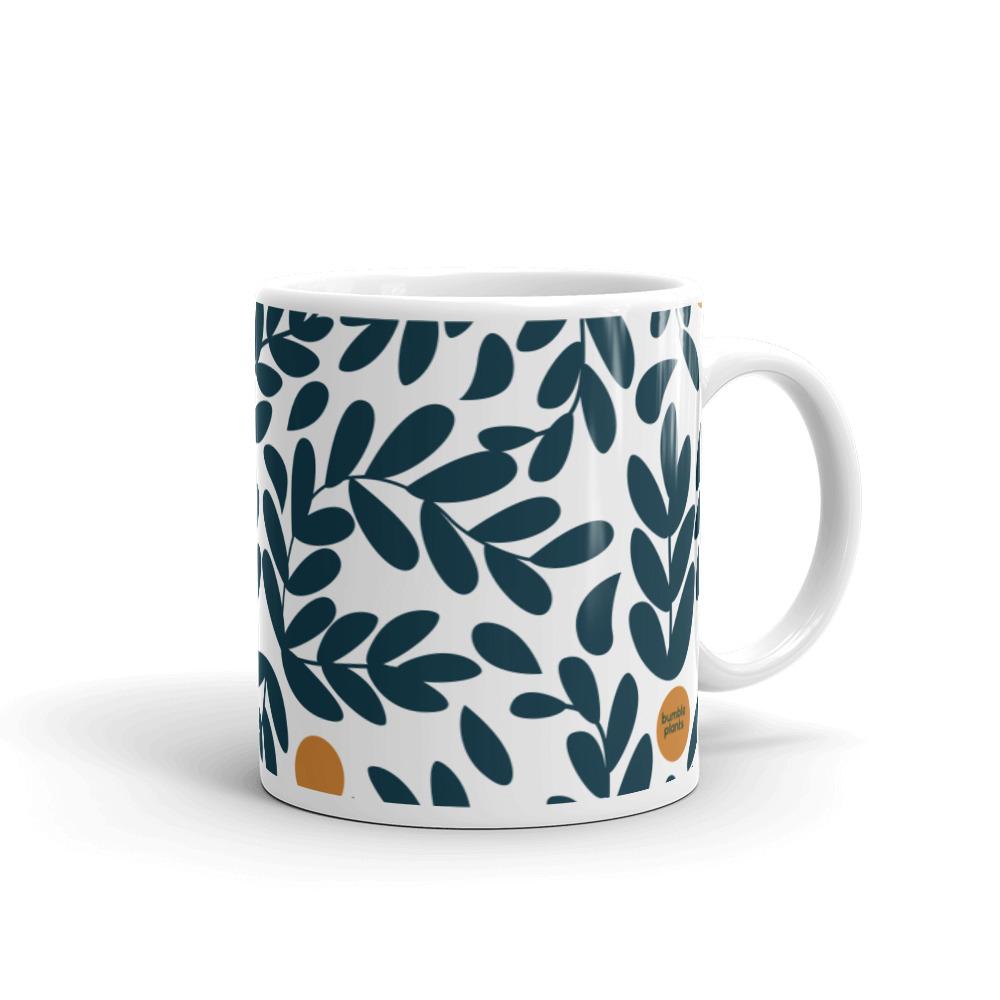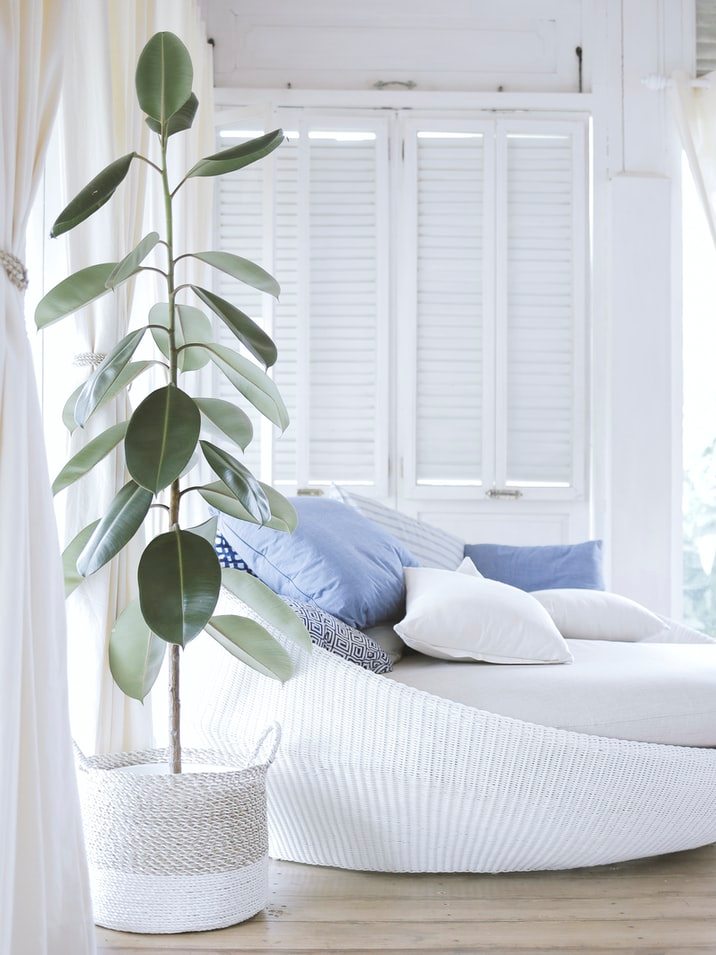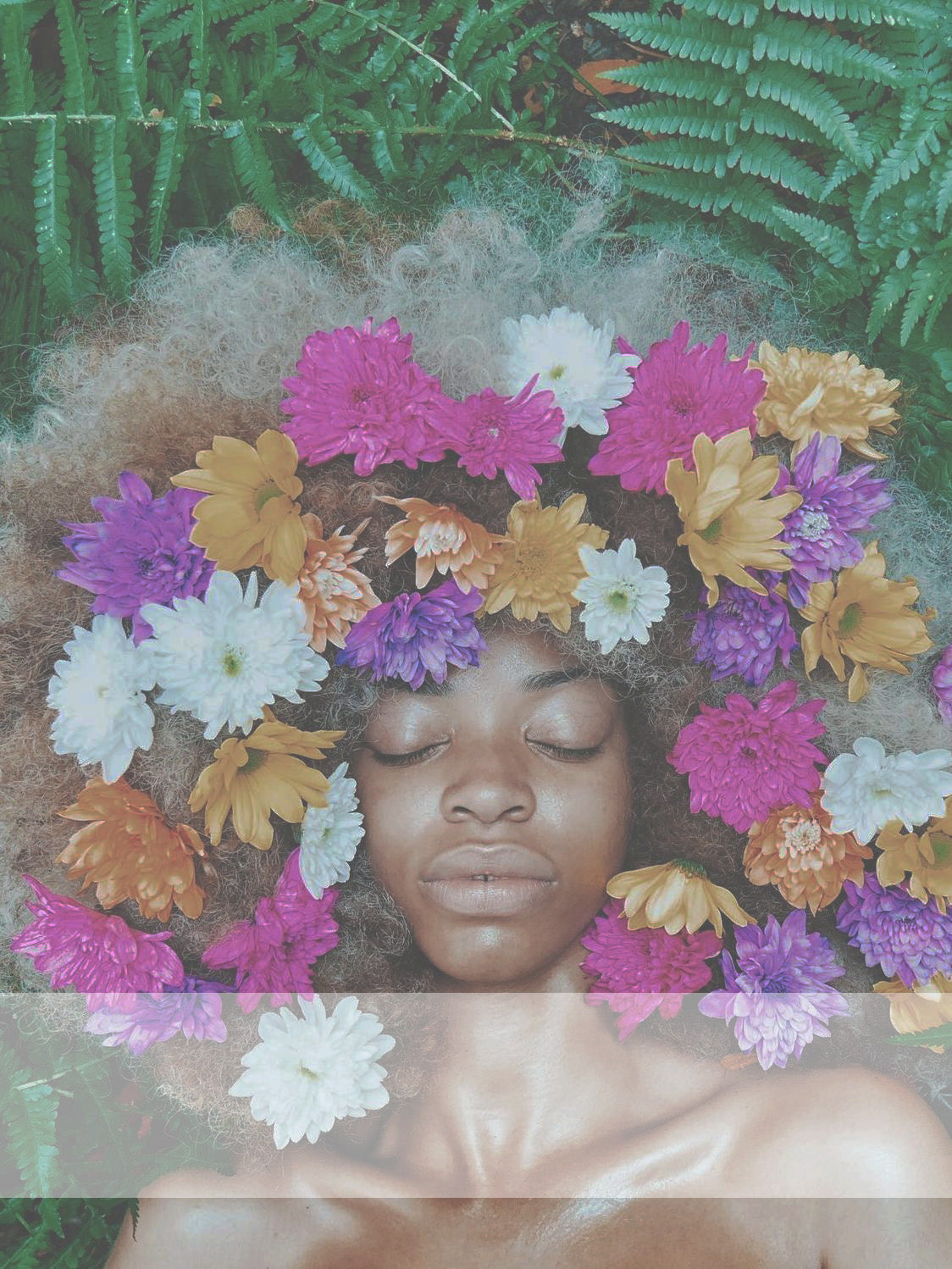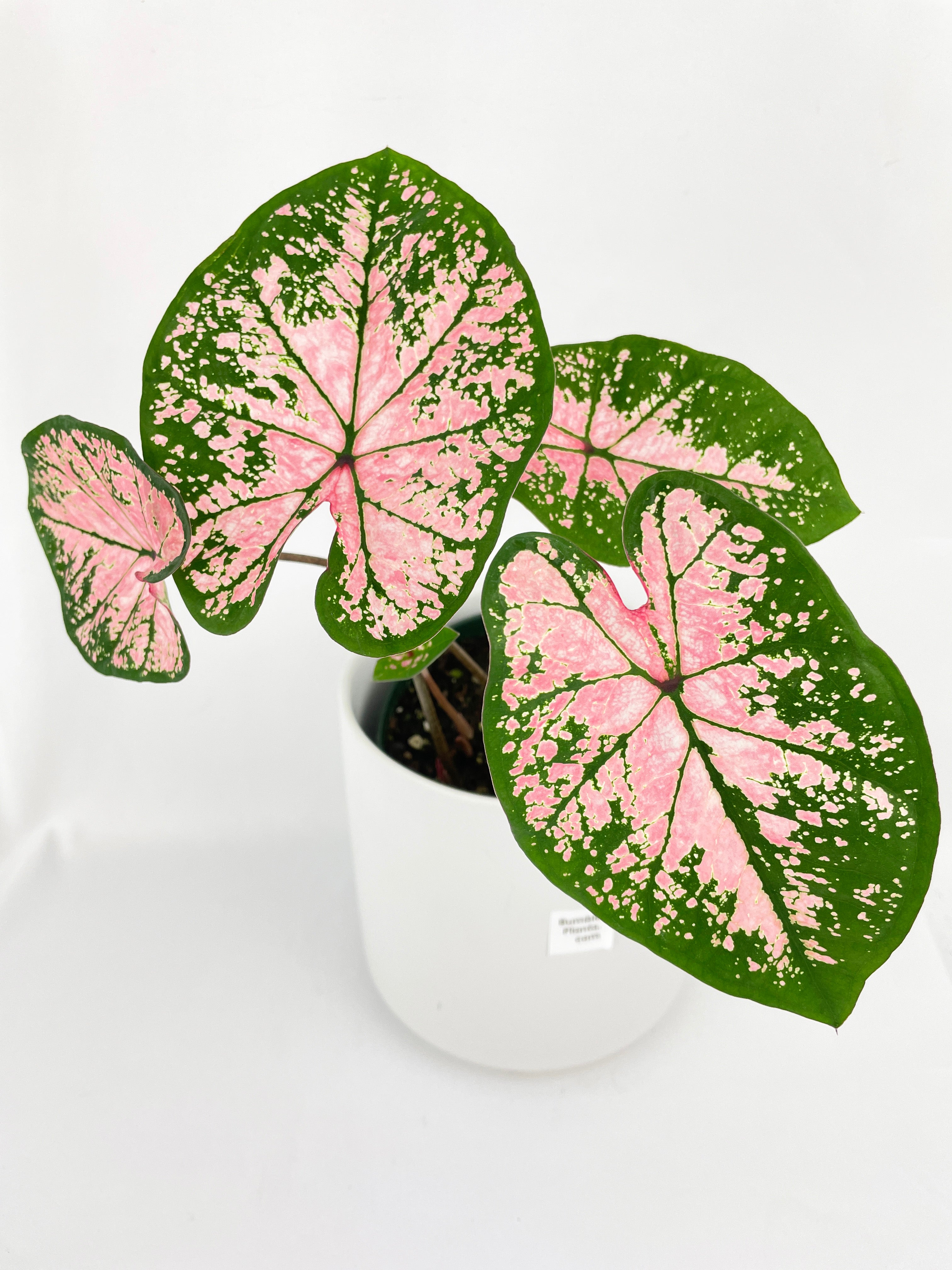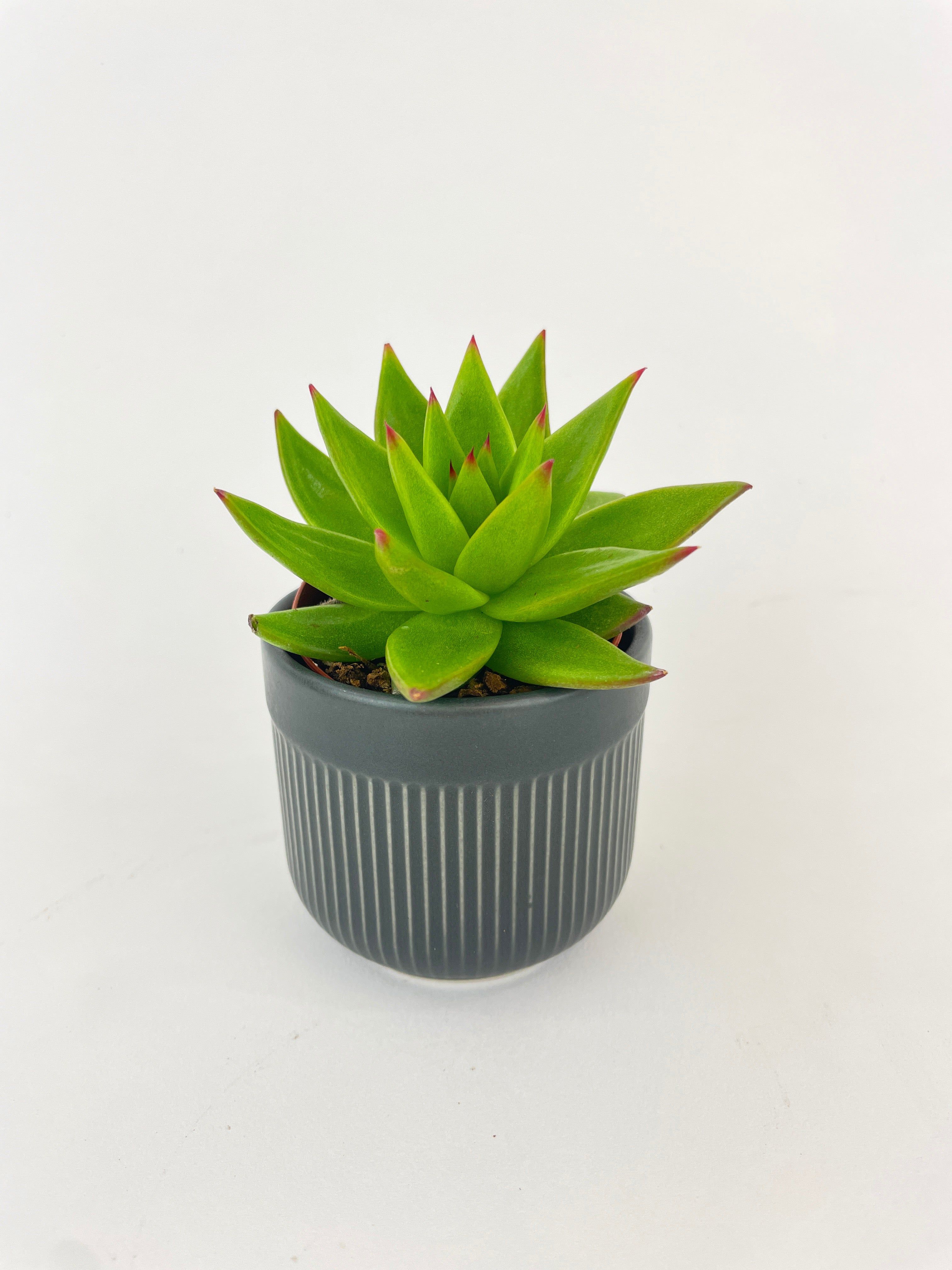The Euphorbia Lactea 'White Ghost' is a striking and unique cultivar of the Euphorbia species, instantly recognizable by its almost ghostly pale stems and leaves. Native to tropical regions of Asia, particularly India, this plant has been cultivated for its distinctive coloration, setting it apart from the typical green hues of most plants. Its name, 'White Ghost', aptly describes its ethereal appearance. Despite its delicate look, it's a hardy plant with succulent characteristics, meaning it can store water efficiently in its stems. However, like many Euphorbias, it produces a milky sap when cut or damaged, which is toxic and can cause skin irritation. This plant is not only a favorite among plant enthusiasts for its aesthetic appeal but also serves as a testament to the vast diversity and adaptability of the plant kingdom.
* You will receive ONE (1) 4" plant in nursery pot, unless stated otherwise. Refer to our FAQ for more information.
Euphorbia Lactea 'White Ghost' Plant Care
Watering
The Euphorbia White Ghost, much like a phantom, doesn't need much to sustain itself. Allow the soil to dry out completely between waterings. Its succulent nature means it stores water efficiently and prefers to be on the drier side.
Light
This spectral beauty thrives in bright, indirect sunlight. While it can tolerate some direct rays, prolonged exposure might cause its pale complexion to turn pinkish or red.
Temperature
The White Ghost prefers temperatures between 65°F to 80°F (18°C to 27°C). It's sensitive to cold, so ensure it's shielded from chilly drafts or sudden temperature drops.
Soil Mix
A well-draining soil mix is essential for this Euphorbia. Opt for a cactus or succulent mix, ensuring its roots have the right balance of moisture and aeration.
Humidity
Feed your ethereal Euphorbia with a diluted cactus or succulent fertilizer every 6-8 weeks during its active growth phase. Come winter, you can let it rest and skip the feeding.
Fertilizer
Feed your Euphorbia with a diluted cactus or succulent fertilizer every 6-8 weeks during its growing season. In the winter, when it's taking a rest, you can skip the feeding.
Toxicity
The plant's sap is toxic and can be irritating to the skin and eyes. It's best to handle with care and keep it out of reach from curious pets and children.

